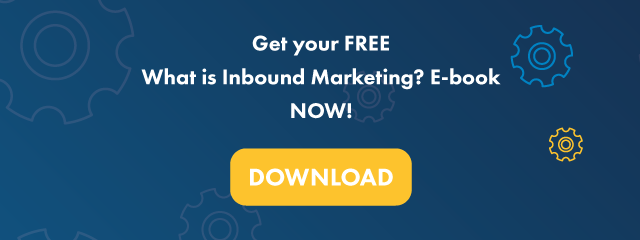Crossing the Anonymity Threshold Explained
At any moment in time your organisation has a sales pipeline. That pipeline at the widest point (the top of the sales funnel) is full of potential customers who you don’t yet know.
Or if we look at it from the buyer’s perspective, there may be many who are aware of your organisation and may have visited your website, or your blog, but currently they haven’t been prepared to give up any more of their contact information. They are anonymous.
What you need from them; to build trust and begin to understand who they are, what they are interested in and if you can help them, is their email address.
There are several systems on the market that will cost you good money to tell you where a website visitor is from. That is, it can identify a visitor’s organisation (but not an individual) from their IP address, because the software has a database of all the fixed IP addresses assigned to particular organisations.
But that is not very useful when you are dealing with sizeable organisations (or indeed organisations of any size). If you sell into the BBC or the Ministry of Defence, how useful is it to know that someone from one of those organisations has visited your website or blog? Who you gonna call?
Our job as marketers is to entice our website visitors to part with their email address in exchange for something of value to them. Typically, this will be some sort of content offer – a video, a report, the results of a survey, or a whitepaper or an e-book. The visitor gets the useful content, and you get to know a little more about them.
The moment that they fill in their contact details, telling you their name and email address, they have crossed the anonymity threshold. And for a marketer that is a rather special moment. Suddenly your anonymous traffic has materialised into a person with a name. Someone who is prepared to go further to explore what a mutually rewarding relationship with your business might entail.
Now I am not suggesting that you send flowers and chocolates at this point, but you should start sending emails. Measured, relevant, useful educational email. And with marketing automation you can do that… automatically.
Making it Easier to Cross the Anonymity Threshold
Let’s consider the scenario above. What do we know about the person who has just filled in a form to access our ebook? We know their name, email address and, crucially, what they are interested in.
If our ebook is titled: “Seven steps to implementing marketing automation”, we can be fairly sure that our visitor (who has just turned into a lead) may be quite interested in, and is considering implementing marketing automation.
Or maybe they are at an earlier stage in their buying journey. Maybe they have just given us their details so that they can watch a video about “What is marketing automation and why should you use it?”.
They are clearly not ready to buy yet, but are taking further steps to understanding. So, we can continue to send them useful and relevant content because we know what stage they are at in their journey.
A lot of websites that I see are not really embracing an Inbound marketing strategy. The only option for a visitor who is interested in the website content is that they find their way over to the contact us page. From there, the visitor often has to type in what they were interested in elsewhere on the website.
That’s a little bit like visiting a department store, finding the perfect Christmas gift for your other half on the 4th floor and having to go down to the perfume counter on the ground floor to ask about it.
In comparison, a well-crafted landing page on your website can make it much easier for your visitors to take the next logical step. The landing page shouldn’t even necessarily have your website menu on it. It should have a flow that shows the visitor everything that they need to know, with the next logical step being to fill in the contact form and ask for the next piece of content.
Converting More Visitors into Leads
Once you have established a structure of blog posts that link through to landing pages, you can start to extend this. For every issue that your potential customers may have you should write at least one blog post. Each blog post should link through to a specific landing page. Every landing page is a chance for your visitors to cross the anonymity threshold.
But how will you know what your potential customers’ issues are? Once you start to build your customer personas, and research them, and think deeply about them, there will be an abundance of issues that you will see that they face. Some of which will not have occurred to you before.
Since this kind of information is ‘gold-dust’ to you, it is worth simply asking your customers what issues they have. Do you attend exhibitions? Why not as a matter of course ask a simple question of your stand visitors – what’s your biggest challenge? It will unearth a treasure trove of issues.
Even if that issue is not something that your product or service can help with directly, you can still write blogs around it as a subject because it will be of interest to your audience (they told you so).
See how inbound marketing can help your business increase leads at the top of the funnel by downloading our e-book today.



